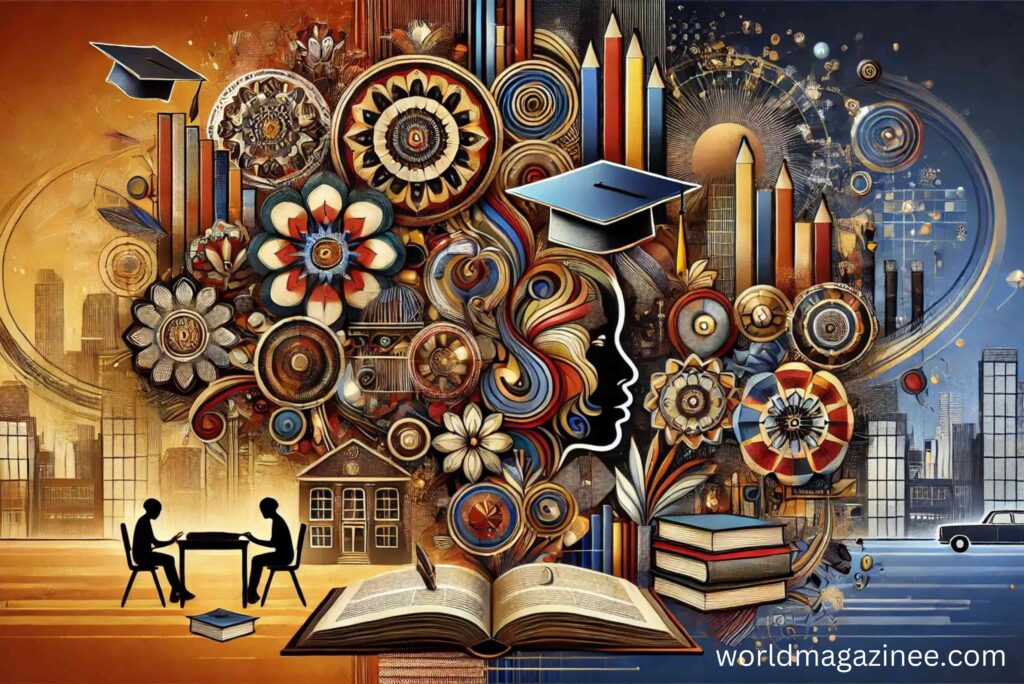Introduction To afprl 23800, asian 22500, and educ 25000
Education in Asia is constantly evolving, influenced by cultural traditions, technological advancements, and global perspectives. Among the many courses and frameworks shaping education trends, afprl 23800, asian 22500, and educ 25000 play a crucial role. But what do these numbers mean, and how do they contribute to the broader educational landscape in Asia? This article delves into these concepts, unveiling their significance and impact on the future of learning.
To the untrained eye, afprl 23800, asian 22500, and educ 25000 might seem like just numbers. However, these represent specialized courses or frameworks that provide deep insights into Asian education trends. They cover aspects like policy development, cultural impacts on learning, and the influence of modern technology on education.
The Role of afprl 23800 in Modern Education
This course primarily focuses on advanced frameworks for progressive learning (afprl). It emphasizes innovative teaching methods, flexible learning approaches, and student-centered curriculum reforms.
- Key Highlights:
- Encourages critical thinking over rote memorization.
- Introduces modern teaching methodologies such as flipped classrooms and blended learning.
- Explores how international educational policies affect Asian education.
asian 22500: A Reflection of Cultural Influence in Learning
Asian education is deeply rooted in cultural values, discipline, and respect for knowledge. This course examines how culture shapes students’ learning experiences.
- Cultural Impact on Learning
- Emphasis on collectivism vs. individualism in education.
- How Confucian philosophies still shape modern classrooms.
- The role of family and societal expectations in academic success.
educ 25000: The Technological Shift in Education
Education is experiencing a digital transformation, and educ 25000 highlights this shift.
- Technology in Learning
- Rise of e-learning platforms and digital classrooms.
- How AI and machine learning are personalizing education.
- The challenges of digital divide in rural Asian areas.
Comparing Traditional and Modern Asian Educational Approaches
Asia has a history of rigorous, examination-based learning systems. However, modern trends focus on holistic and skill-based education.
- Traditional:
- Heavy reliance on rote memorization.
- Strict teacher-centered instruction.
- Modern:
- Student-centered approaches with experiential learning.
- Emphasis on collaborative problem-solving.
How These Trends Influence Global Education
Asian education models are being adopted worldwide due to their high success rates.
- International schools are integrating Asian methodologies.
- Global universities are partnering with Asian institutions for research.
- Asian students are increasingly influencing STEM fields worldwide.
Challenges in Implementing New Educational Trends
Despite advancements, several roadblocks remain:
- Resistance to change from traditional educators.
- Technological gaps in underdeveloped areas.
- Financial constraints in implementing modern education tools.
The Future of Asian Education with These Courses
With the rise of AI and digital learning, Asian education is moving towards adaptive learning systems.
- Gamification of learning to make education interactive.
- Virtual reality (VR) classrooms for immersive experiences.
- AI-powered tutors for personalized learning paths.
Case Studies: Success Stories in Asian Education
- Singapore’s Smart Nation Initiative: A blend of technology and education creating a futuristic learning environment.
- Japan’s Hybrid Learning Model: Combining traditional discipline with modern innovation.
- China’s AI-Powered Education: Revolutionizing personalized education through machine learning.
Conclusion & Key Takeaways
Asian education trends are rapidly evolving with the influence of afprl 23800, asian 22500, and educ 25000. While cultural values remain strong, the integration of technology and progressive frameworks is shaping the future of learning. To stay ahead, institutions must embrace innovation while preserving valuable traditions.
Frequently Asked Questions (FAQs)
- What do afprl 23800, asian 22500, and educ 25000 mean?
These courses represent specialized education trends focusing on progressive learning, cultural influences, and technological advancements in Asia.
- How is Asian education different from Western education?
Asian education traditionally focuses on discipline and memorization, whereas Western education emphasizes creativity and critical thinking.
- Why is technology important in modern Asian education?
Technology helps bridge learning gaps, provides personalized education, and makes learning more engaging and accessible.
- What challenges do Asian education systems face?
Challenges include resistance to change, technological gaps, and financial constraints in implementing new methods.
- How can other countries learn from Asian education models?
By adopting rigorous academic standards, discipline, and a strong work ethic, while balancing creativity and innovation.
This article provides a deep dive into the hidden keys of Asian education trends, making it easier for educators, students, and policymakers to understand the future of learning in Asia. 🚀









2 thoughts on “afprl 23800, asian 22500, and educ 25000”